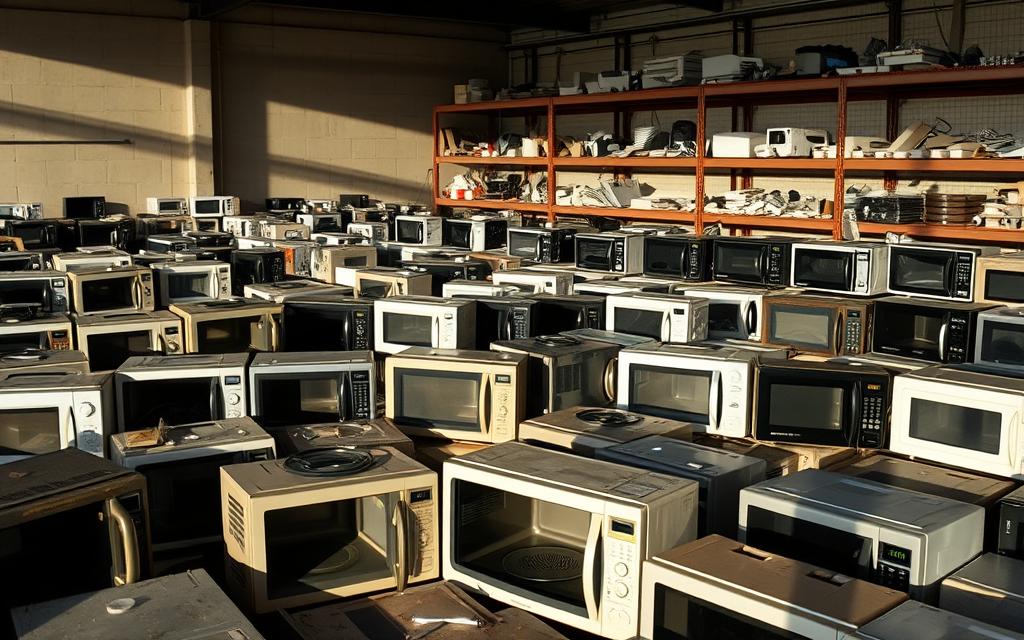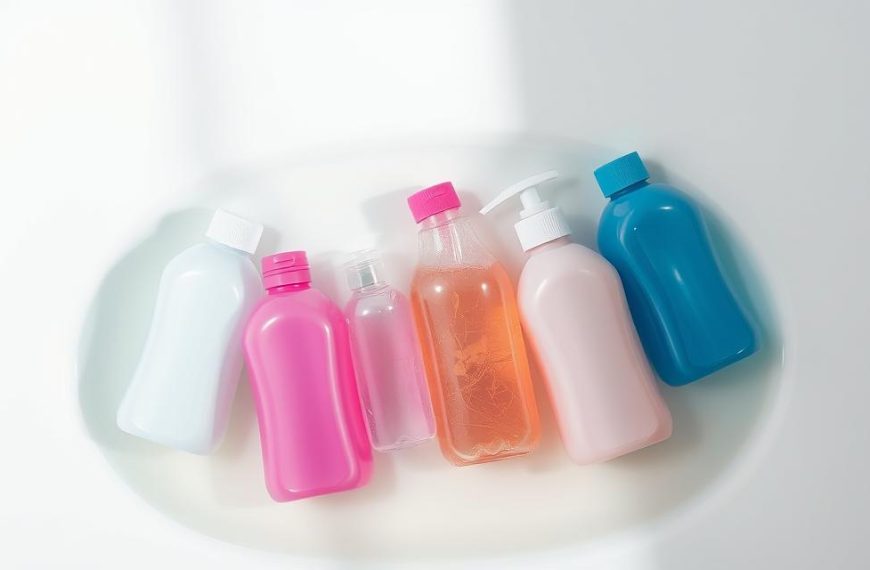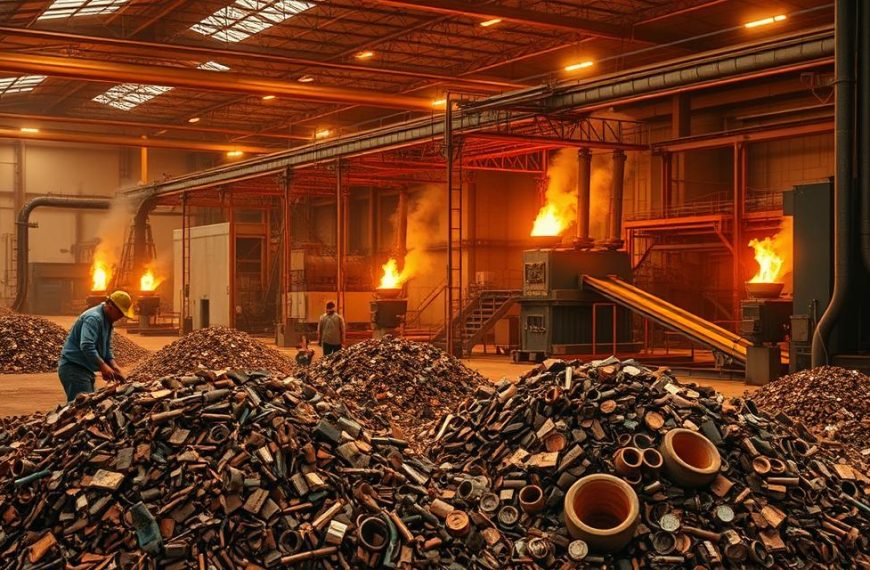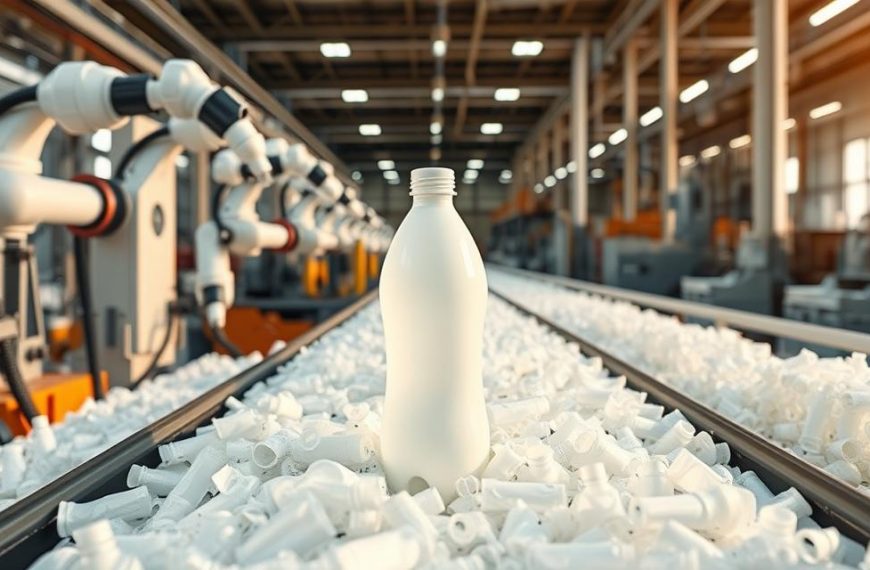Electronic waste, or e-waste, is a growing concern in the United States. According to the EPA, it makes up 2% of the nation’s trash but accounts for 70% of toxic landfill waste. Improper disposal of appliances like microwaves can harm the environment, releasing toxins into soil and water.
Many microwaves contain valuable materials such as metals, glass, and plastics. These components can be reused, reducing the need for new resources. However, only 15% of appliances are recycled annually, leaving millions of tons of recyclable items discarded.
Addressing this issue starts with awareness. By understanding the impact of e-waste, individuals can take steps toward responsible disposal. This guide explores practical ways to handle old microwaves, ensuring they don’t end up in landfills.
Understanding Microwave Oven Recycling
Proper disposal of old appliances is crucial for reducing environmental harm. Microwaves, like other electronics, contain hazardous components that can leak toxins into the soil and water if not handled correctly. By 2030, global e-waste is projected to reach 81.6 million tons, making responsible disposal more important than ever.
Why Recycling Microwaves is Important
Microwaves contribute significantly to the growing pile of e-waste. When discarded in landfills, they can take over 1,000 years to decompose. During this time, hazardous materials like high-voltage capacitors and magnetrons with beryllium oxide can release harmful substances. Recycling these items prevents toxins from contaminating the environment.
For example, capacitors can retain a 4200V charge, posing serious risks if mishandled. Proper recycling ensures these components are safely processed, reducing their environmental impact. States like Oregon have implemented regulations to ban the disposal of electronics in landfills, setting an example for responsible waste management.
Materials in Microwaves That Can Be Recycled
Microwaves are made up of several recyclable materials, including:
- Steel casing: Makes up about 70% of the appliance’s weight.
- Copper wiring: A valuable resource that can be reused.
- Tempered glass: Found in the turntable, it’s durable and recyclable.
- Transformer and magnetron: These parts can be salvaged for reuse.
Recycling these components reduces the need for new resources and minimizes waste. For more detailed guidance on responsible disposal, visit this resource.
Steps to Recycle Your Microwave Oven
Responsibly handling old appliances is essential for a sustainable future. Proper disposal ensures harmful materials don’t end up in landfills. Here are practical steps to manage your old microwave efficiently.
Finding Local E-Waste Recycling Centers
Locating a nearby center is the first step. Tools like the Green Directory simplify the process. Enter the item type, ZIP code, and search radius to find approved facilities. Many centers accept electronics for free or a small fee.
Using Municipal Waste Services
Municipalities often provide collection services for large items. For example, Hillsboro offers biweekly recycling and food waste pickup. Check local schedules, especially during holidays, as delays may occur. Avoid curbside dumping, as it’s illegal in many areas and can result in fines.
Donating or Selling Your Microwave
If the appliance is still functional, consider donating it. Organizations like Goodwill or Freecycle accept working units. Online platforms like Facebook groups are also great for selling or giving away items. This extends the life of the product and reduces waste.
By following these steps, you contribute to a cleaner environment and support recycling programs that benefit everyone.
Alternative Disposal Methods for Microwaves
Many options exist for handling outdated appliances in an eco-friendly way. From manufacturer take-back initiatives to retailer programs, these methods ensure harmful materials are kept out of landfills. Below, we explore some of the most effective ways to manage old electronics responsibly.
Manufacturer Take-Back Programs
Several manufacturers offer take-back programs to simplify the disposal process. For example, LG provides a free nationwide mail-back service with printable labels. Bosch and GE also offer ZIP-based drop-off locators for added convenience. These programs ensure that old items are processed safely and sustainably.
Retailer Recycling Programs
Retailers like Best Buy and Lowe’s have established recycling policies to encourage responsible disposal. Best Buy’s one-to-one replacement program allows customers to recycle old electronics when purchasing new ones. Lowe’s and Sears often require a new purchase for recycling services, while independent stores may offer store credits for returned items.
Mail-In Recycling Options
For those unable to visit a physical location, mail-in services are a practical solution. GreenCitizen offers a COVID-safe mail-in process with flat-rate boxes and no disassembly required. Fees range from $20 to $50, and Bay Area residents can also use their Burlingame drop-off location. Forest Grove Transfer Station accepts electronics Monday through Saturday, providing another accessible option.
For additional information, contact your local county recycling team at [email protected]. These programs make it easier than ever to dispose of old electronics responsibly.
| Program | Details | Contact |
|---|---|---|
| LG Mail-Back | Free nationwide service with printable labels | lg.com/recycling |
| Best Buy Recycling | One-to-one replacement policy | bestbuy.com/recycle |
| GreenCitizen Mail-In | $20-$50 fee, flat-rate boxes | greencitizen.com |
Conclusion: Making Eco-Friendly Choices with Microwave Disposal
Making eco-friendly choices with appliance disposal helps protect the planet. Properly handling old electronics reduces landfill mass and prevents harmful toxins from contaminating the environment. Using tools like the Green Directory simplifies finding certified recyclers within a 10-mile radius.
Local services, such as WM’s Hillsboro programs, offer convenient options for responsible disposal. Always check municipal rules for bulk pickup days to ensure compliance. These steps contribute to a cleaner, healthier future.
For personalized solutions, contact experts who provide tailored information. Recycling one item saves approximately 50 lbs of landfill waste, making a significant impact. Together, these efforts support sustainable programs and protect valuable resources like glass and metals.
















